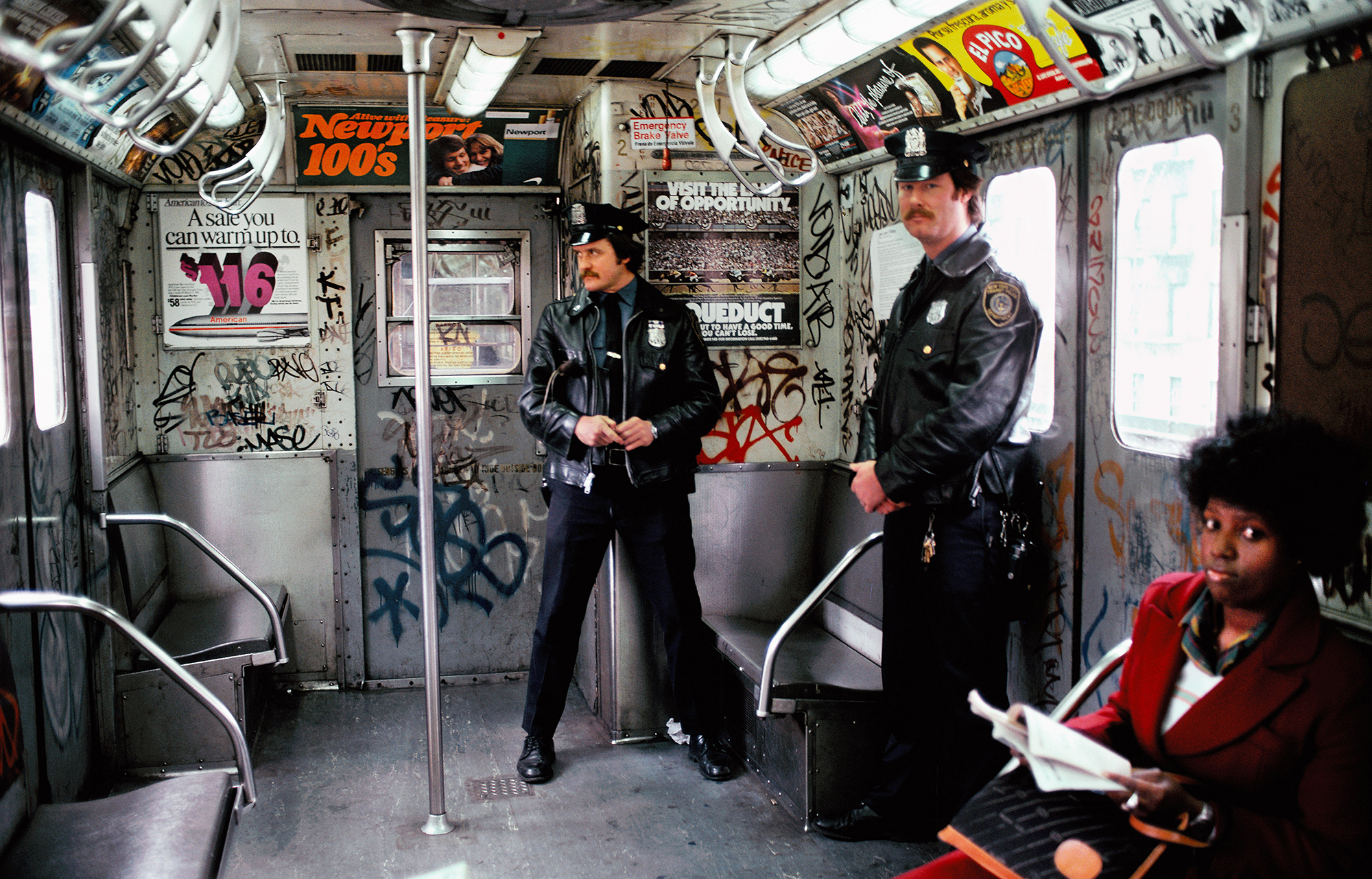
New York City in the 1970s and ’80s was very different than the city today. Not only were cars, signs and clothing styles a time capsule of the era, but the city looked different: it was covered in graffiti. To get an idea, watch the 1983 film Wild Style. A dominant visual aspect of the day, graffiti widely spread around New York City at this time, with subways, building walls, almost anything being tagged by artists including Dondi, Seen, Lady Pink, Zephyr, and Revolt. Many people just simply walked by and ignored this new art form, but Martha Cooper, a staff photographer for the New York Post at the time, was interested in gaining a deeper understanding of these graffiti and their authors.
“I had never even understood that kids were writing their names on walls,” says Martha Cooper, “I don’t think that was generally known, people thought it was just random vandalism.”
While driving around doing assignments for the Post, Cooper started a personal project, befriending a young graffiti artist tagging in the Bronx, who went by the nickname HE3. “As soon as he explained that he was writing his nickname, it all fell into place,” she says. “It was like decoding some mysterious language.” Through HE3, Cooper was able to meet and photograph the legendary graffiti artist Dondi. It was from there that she realized the world of graffiti not only had its own culture, but its own vocabulary and set of aesthetics.
“Dondi was soft-spoken and articulate and could answer any question that I had,” she tells TIME. “He just told me so many things about how it was done and I think he responded to the fact that I was seriously interested.”
At the time, New York City was crime-ridden and graffiti was certainly not seen as an improvement for the struggling city. “In a way, it was my mission to present it in a different light,” says Cooper.
In 1984, along with Henry Chalfant, Cooper published their images in the groundbreaking book Subway Art, which over the years has been referred to as the graffiti bible. “I think that picture of Dondi [between two subway cars] is the one that really helped spread graffiti around the world,” says Cooper “That picture made it look cool, I think it made it look like maybe a sport, or something that other kids would want to emulate.”
By the mid to late-1980s, stricter anti-graffiti measures were implemented, including harsher penalties, restrictions on paint sale and an increased police presence. In 1985, the Clean Train Movement began, where graffiti-covered subway cars were cleaned or totally replaced. The art itself also changed as events like graffiti festivals were held around the world. “[It] morphed into street art, which is [often] more legal; permissible big walled murals, [that’s] the word that people are using now,” says Cooper, “I see graffiti and street art being two separate cultures almost, but there is a big overlap. The graffiti is no longer as underground as it used to be.”
Today, Cooper still photographs graffiti artists around the world and is still heavily connected with the community, working with graffiti artists like the 1UP crew in Berlin. “The thing is, it’s an ephemeral art form, so the photos become the record, so for me the photos are a form of art preservation of a particular time and particular place,” says Cooper. “Years from now, there might not be any graffiti at all. To tell you the truth, I’m really surprised that it’s lasted this long, because I always thought it was one of these trends that would just die a natural death, because it’s hard. Nothing lasts forever.”
Martha Cooper is a photojournalist based in New York City and Baltimore, who is known for her images of graffiti artists and urban culture. Her work will be exhibited at New York City’s Steven Kasher Gallery from April 20 – June 3, 2017. Follow her on Instagram, @marthacoopergram.
Kenneth Bachor is TIME.com’s associate photo editor, overseeing culture and entertainment. Follow him on Instagram, @kennethbachor.




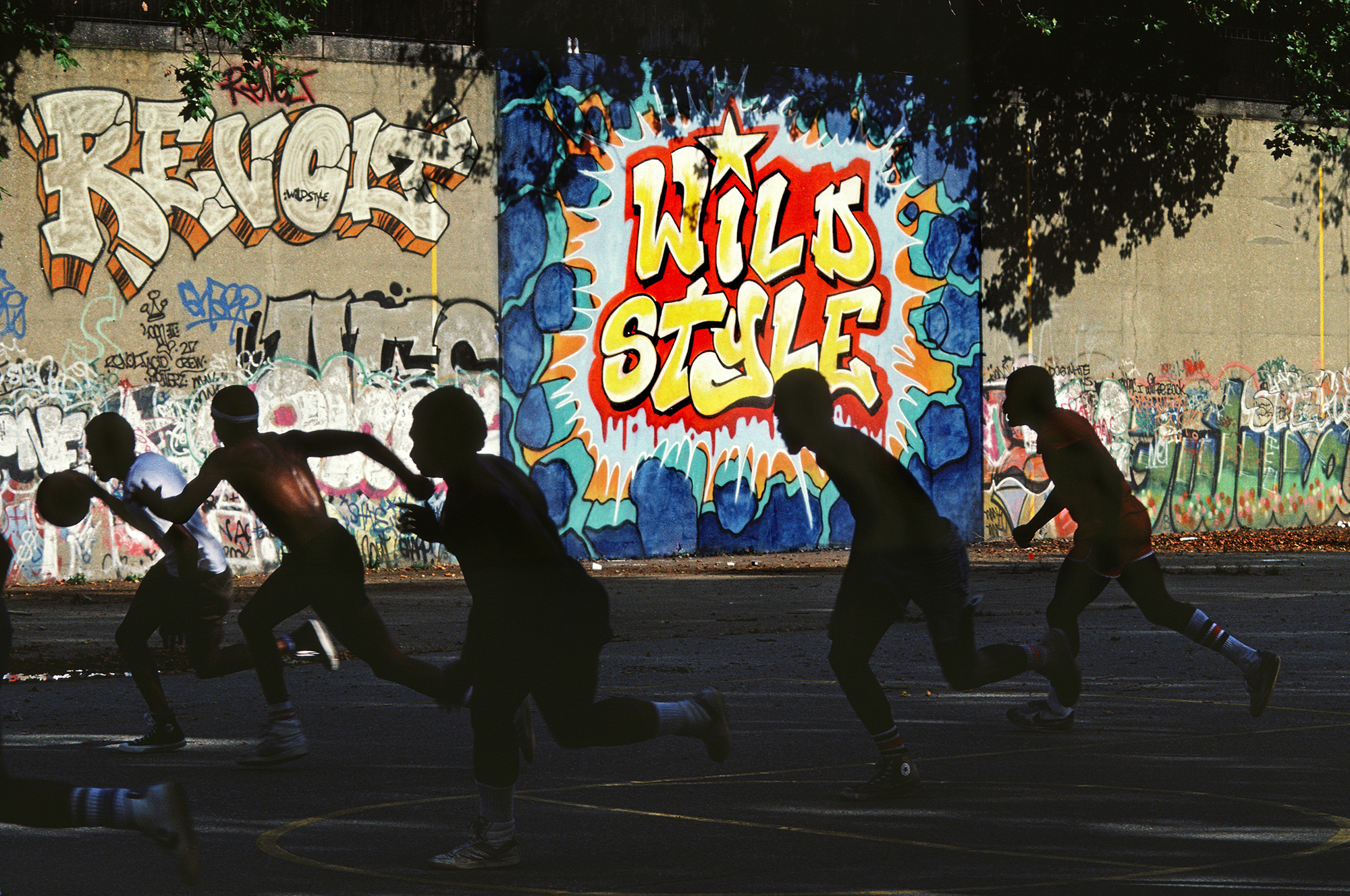
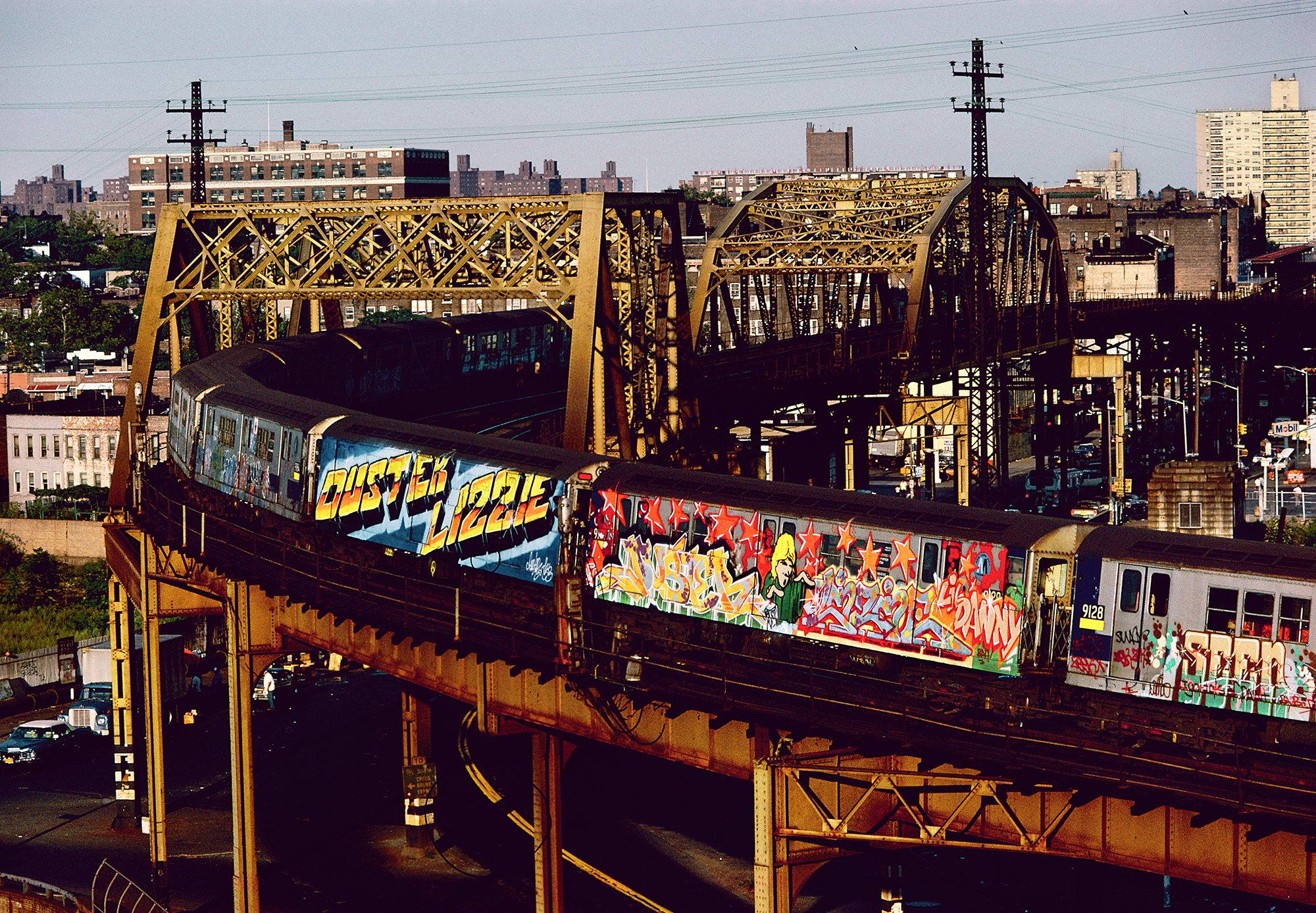
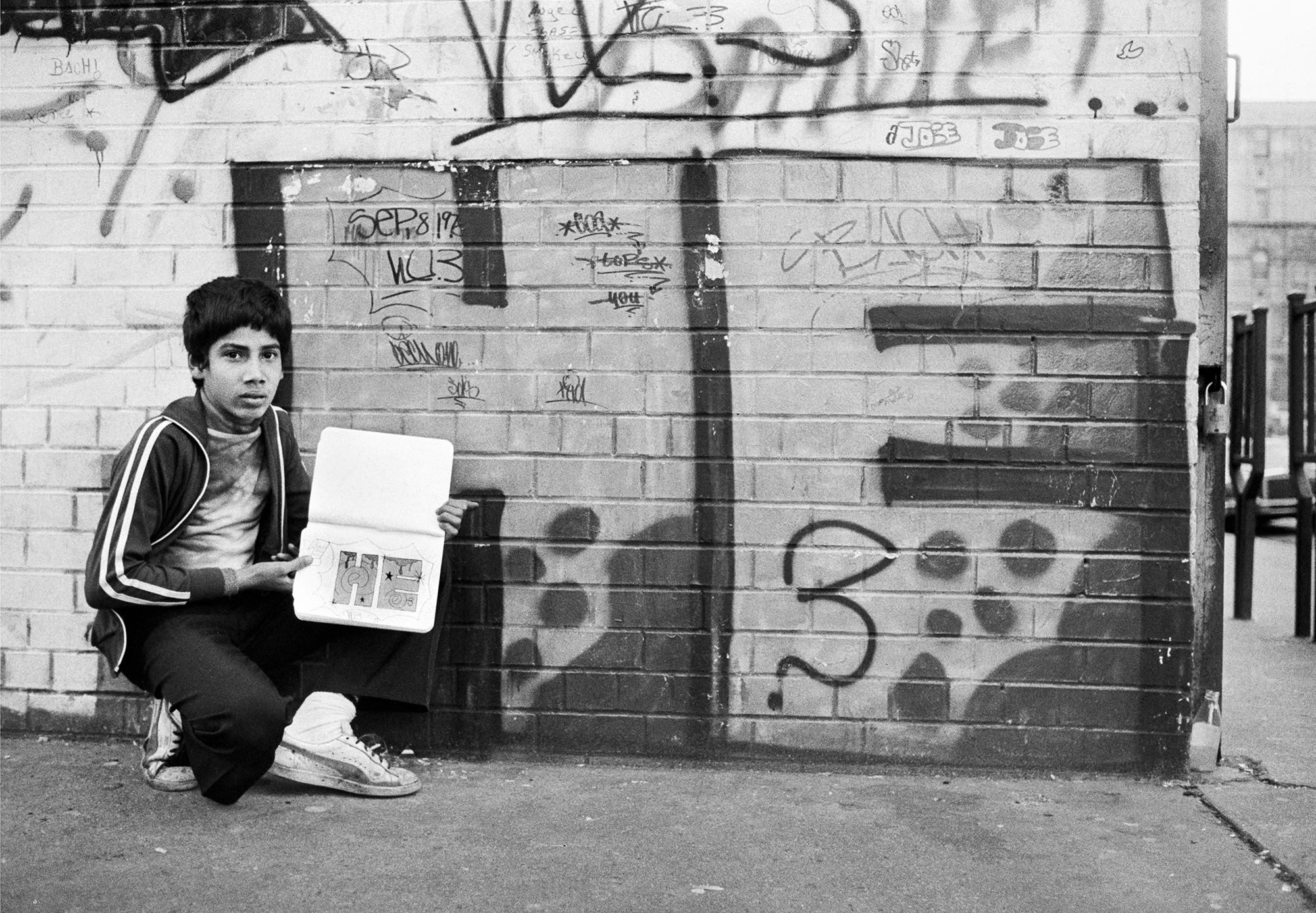
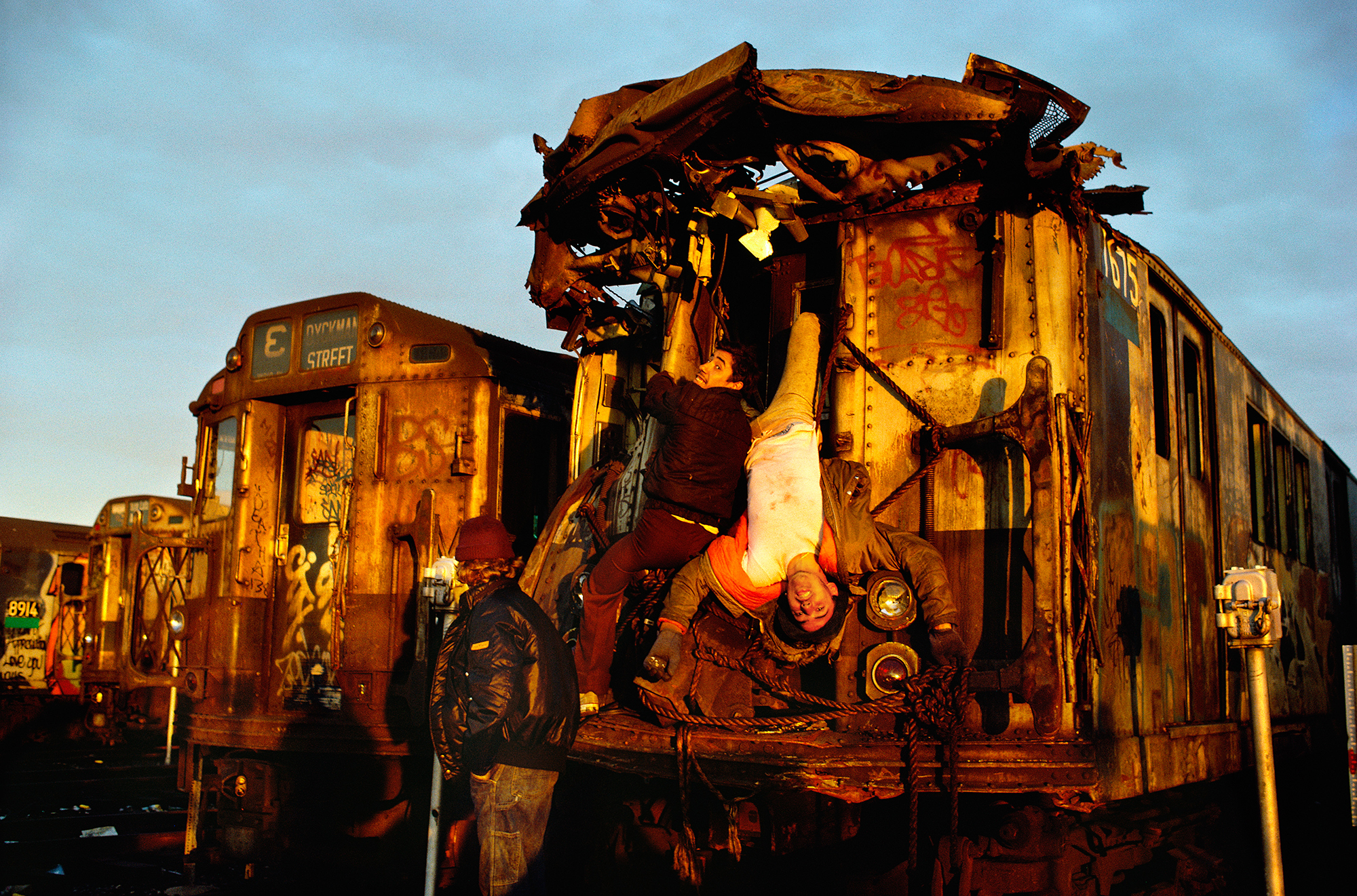

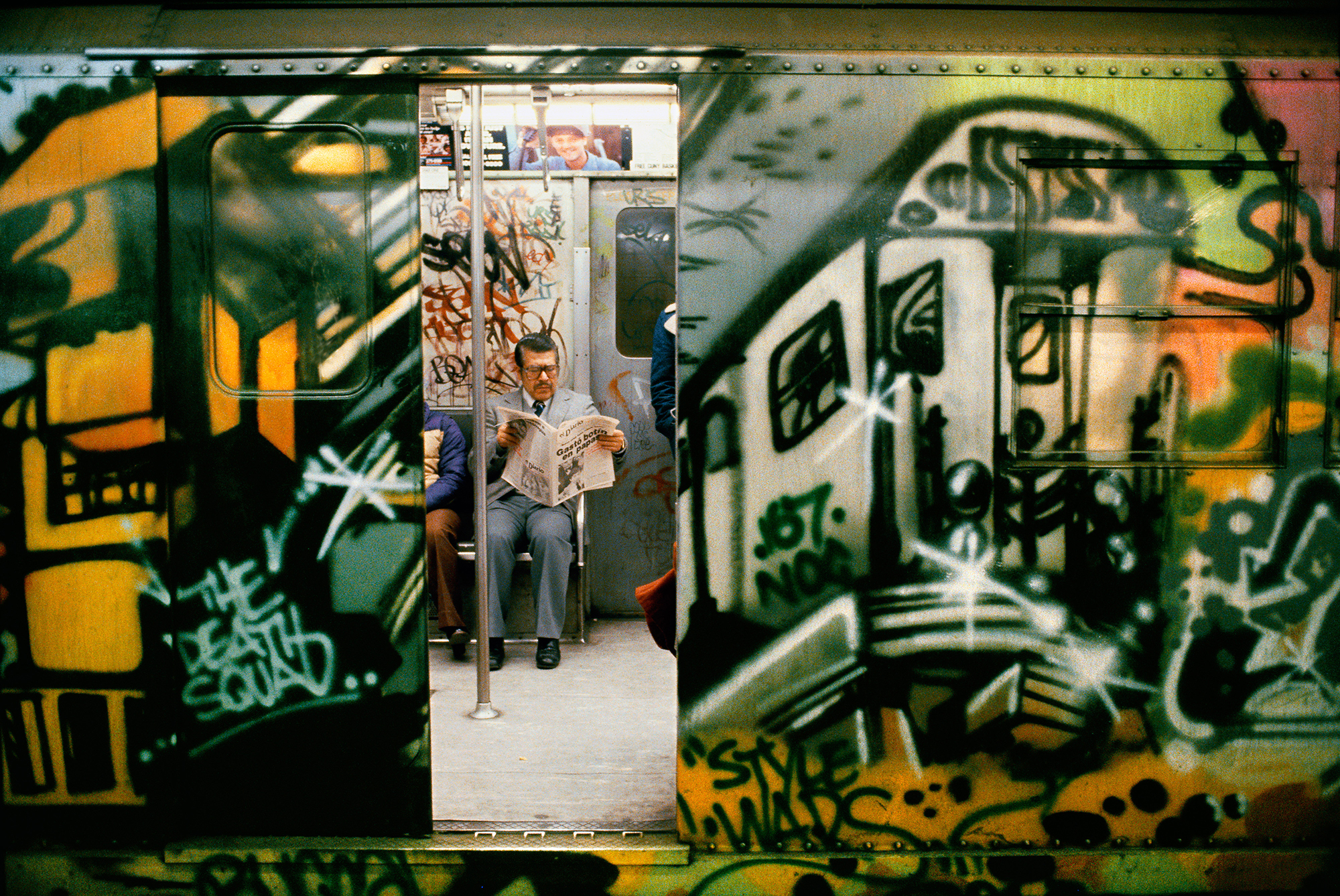
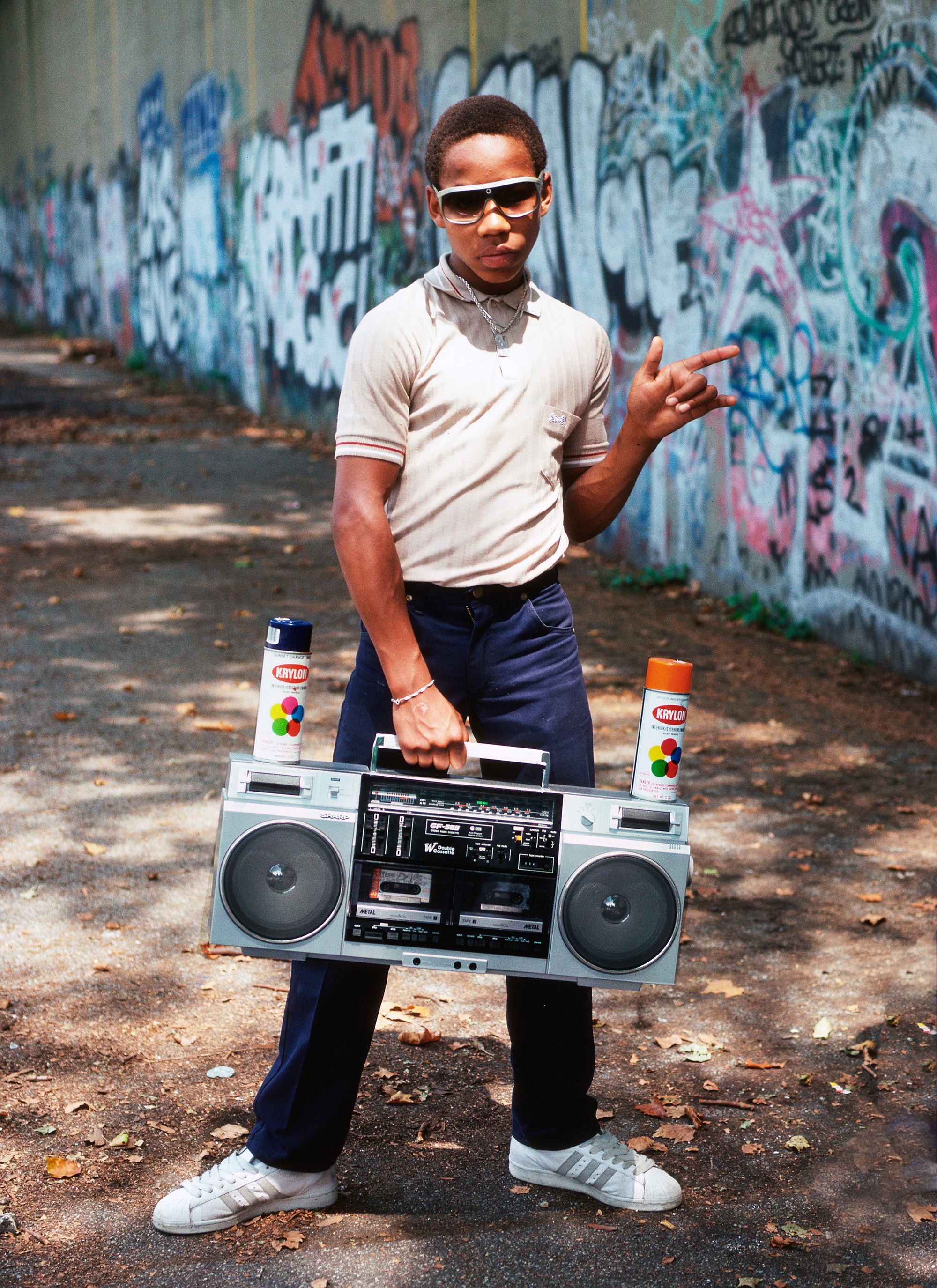
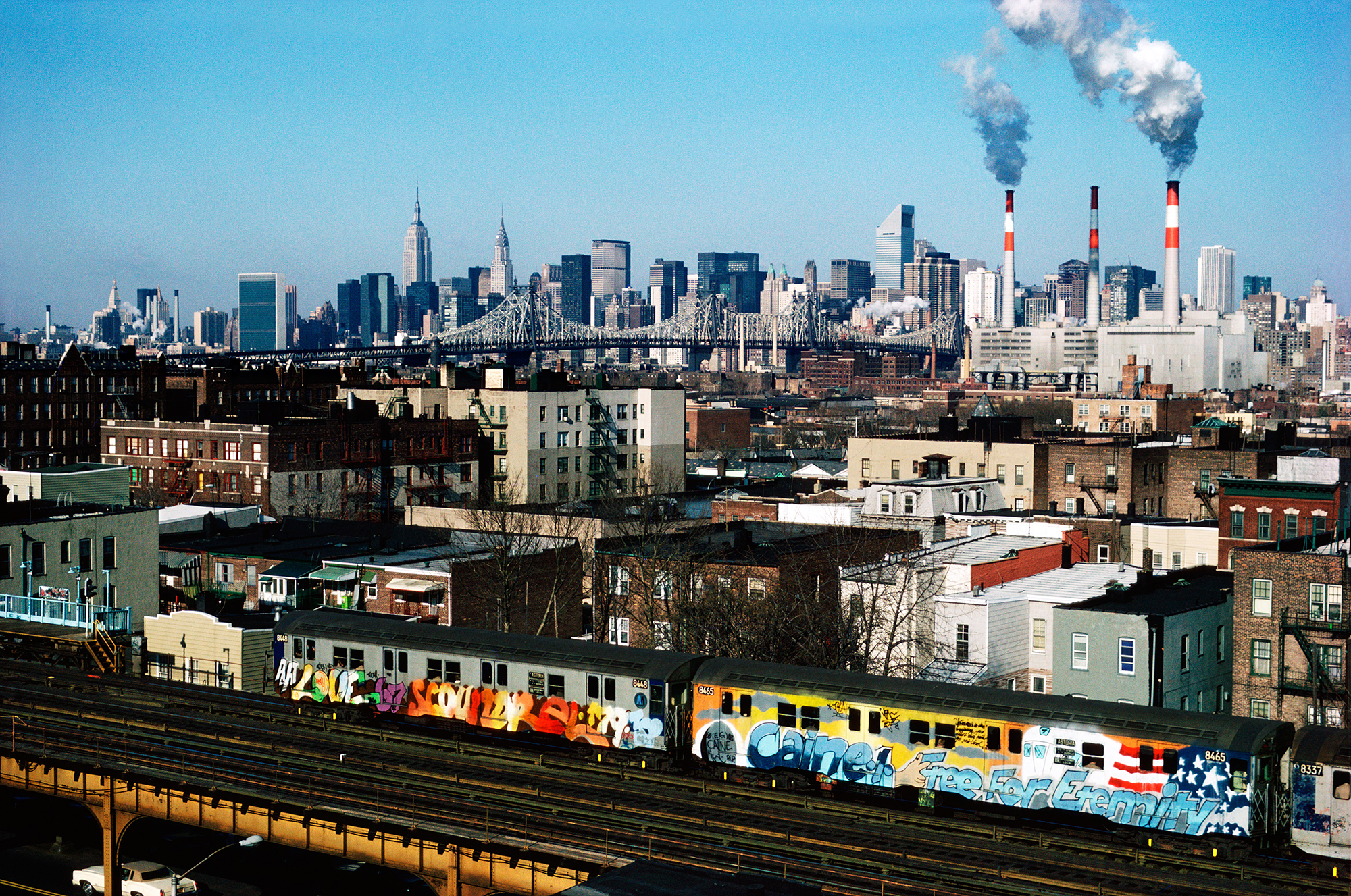
More Must-Reads from TIME
- Donald Trump Is TIME's 2024 Person of the Year
- Why We Chose Trump as Person of the Year
- Is Intermittent Fasting Good or Bad for You?
- The 100 Must-Read Books of 2024
- The 20 Best Christmas TV Episodes
- Column: If Optimism Feels Ridiculous Now, Try Hope
- The Future of Climate Action Is Trade Policy
- Merle Bombardieri Is Helping People Make the Baby Decision
Contact us at letters@time.com